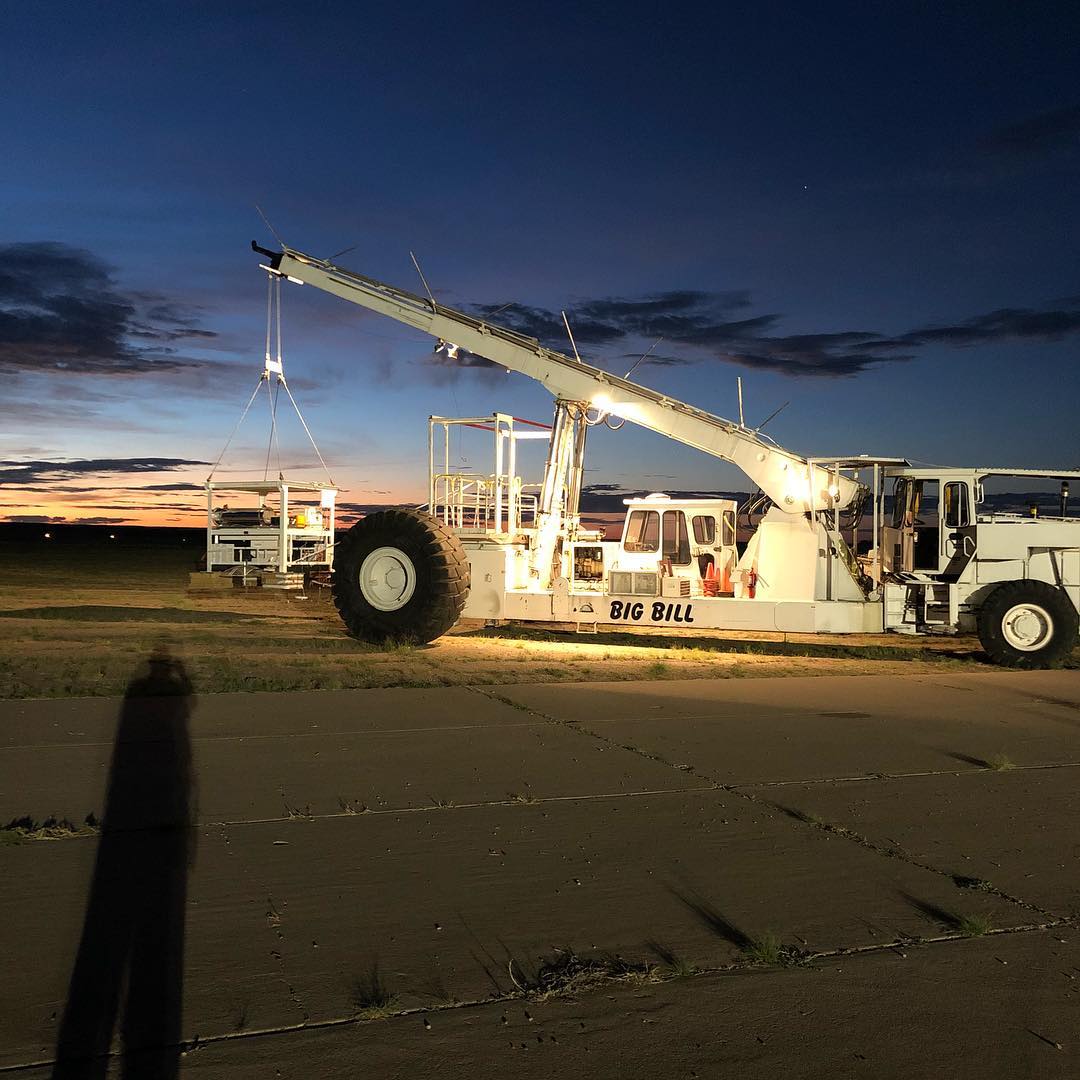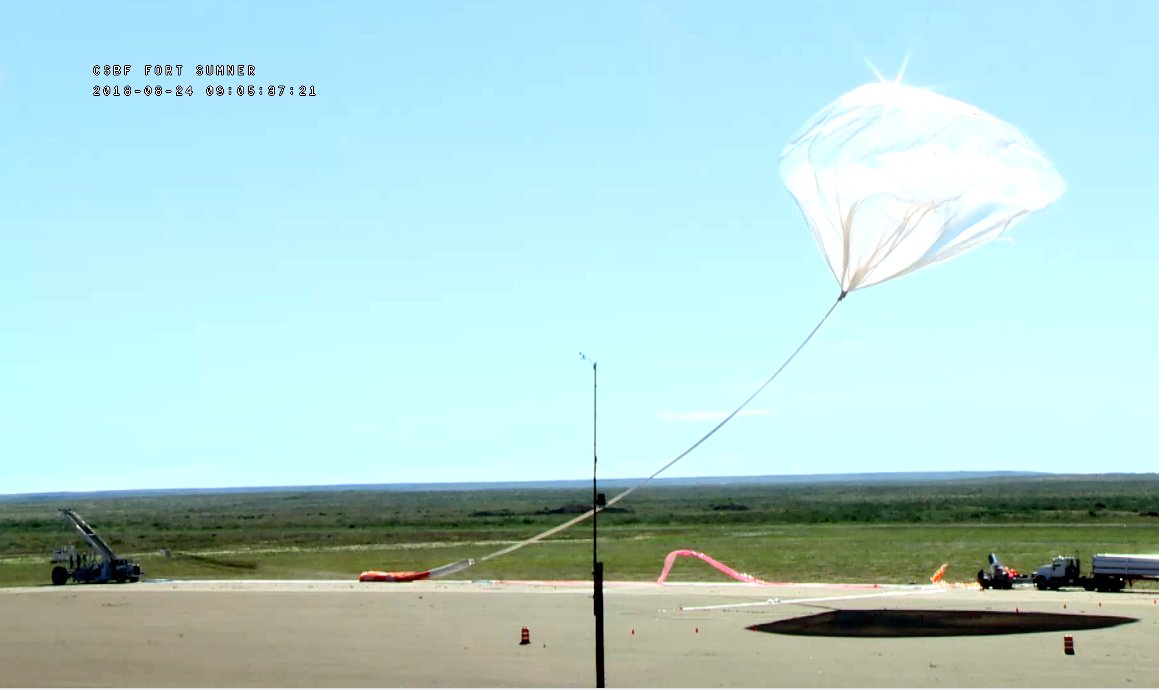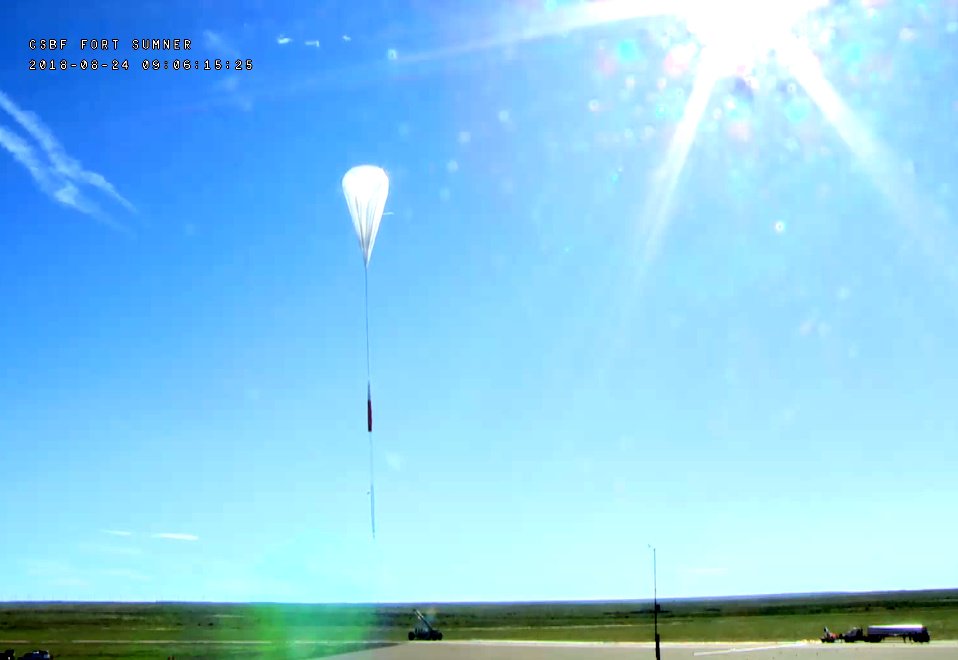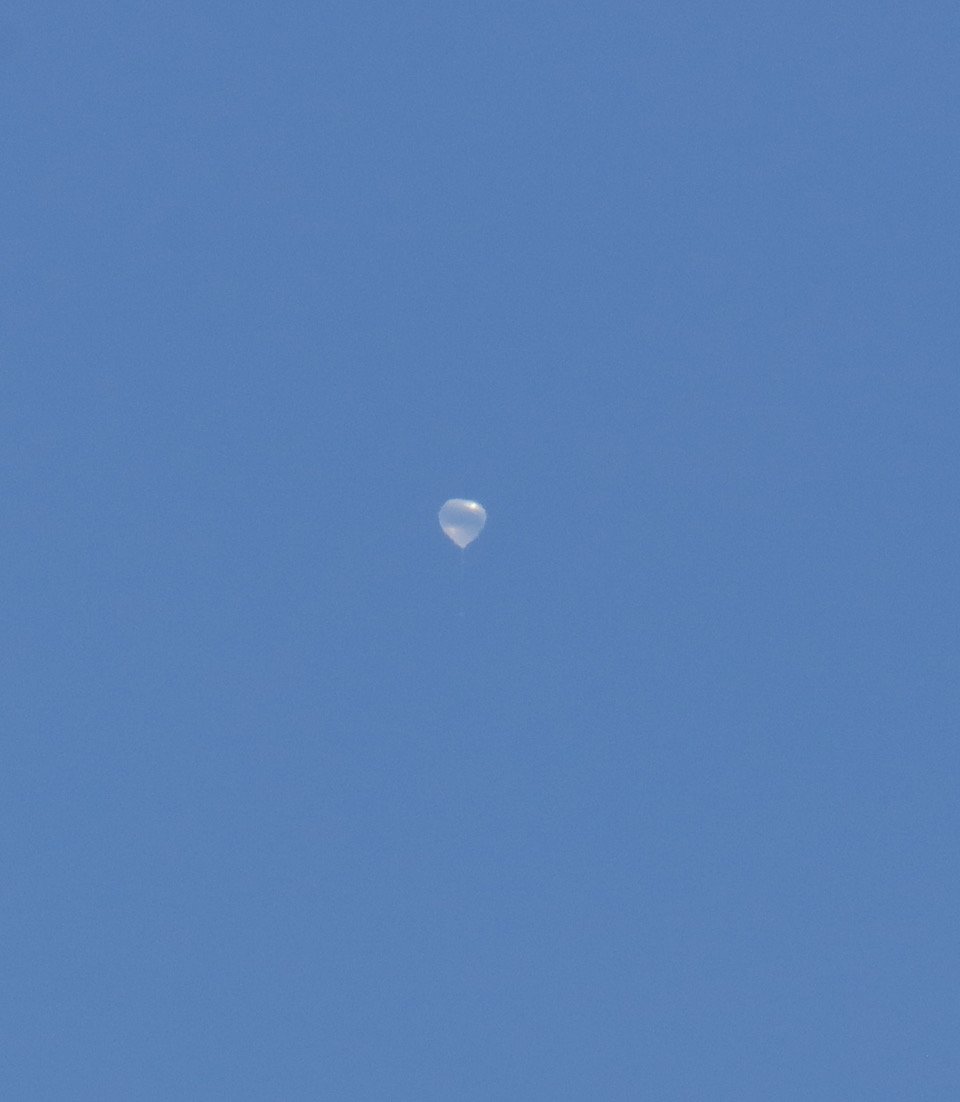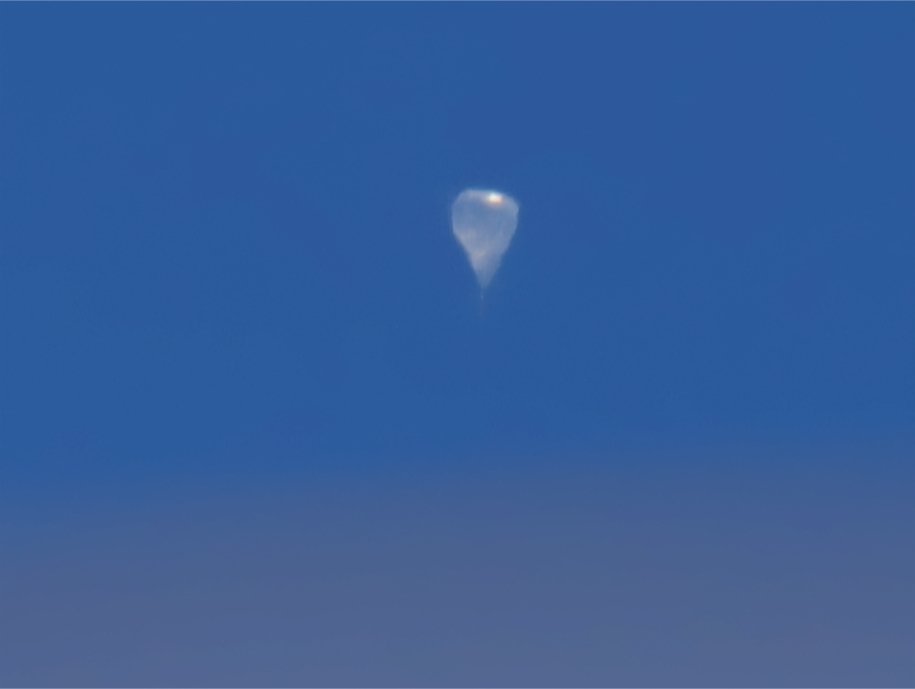Purpose of the flight and payload description
This flight was performed to send to the stratosphere several payloads developed as part of the Undergraduate Student Instrument Project (USIP), a NASA Science Mission Directorate initiative to enable student-led scientific and technology investigations, while also providing crucial hands-on training opportunities for future US researchers. USIP payloads are often included as "piggyback" loads on NASA balloon technological missions.
In this mission, the three payloads transported were:
GASP (Gas Abundance Sensor Package) a stand-alone science instrument developed throught a cooperation between the Catholic University of America and NASA Goddard Space Flight Center that is able to measure the concentration of the target gases such as CO2 and methane, which are important constituents for different planetary atmospheres. Unlike remote sensing techniques that can only estimate the concentration of target gases in a wide landscape, this instrument can provide spatial sampling for the gas concentrations and identify the characteristics of the atmosphere.
MIRCA (Micro Return Capsule) is a planetary entry probe re-entry demonstrator designed by NASA Goddard Space Flight Center, for the Cubesat Application for Planetary Entry Missions, a high-performing Cubesat system which includes a propulsion module and miniaturized technologies capable of surviving atmospheric entry heating, while reliably transmitting scientific and engineering data. MIRCA is expected to validate key system technologies, including advanced miniaturized sensors and supporting technologies. The prototype also serves to establish geometric and mass properties required to analyze its aerodynamic performance under varying flight regimes.
HUSCEE is an experiment developed by undergraduate students of atmospheric chemistry from Harvard University. The goal of the instrument is to measure halogen chemistry and ozone in the atmosphere.
Details of the balloon flight
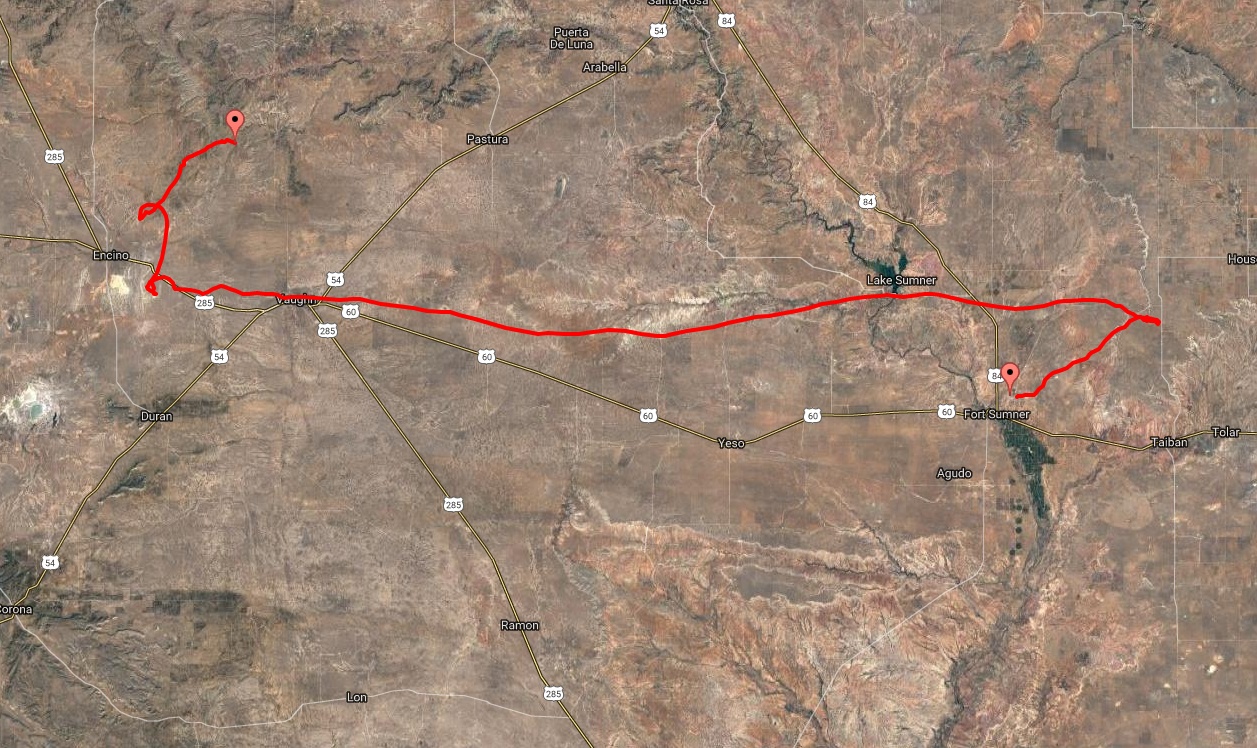
Balloon launched on: 8/24/2018 at 15:06 utc
Launch site: Scientific Flight Balloon Facility, Fort Sumner, (NM), US
Balloon launched by: Columbia Scientific Balloon Facility (CSBF)
Balloon manufacturer/size/composition: Zero Pressure Balloon Aerostar - 4.000.000 cuft
Flight identification number: 686N
End of flight (L for landing time, W for last contact, otherwise termination time): 8/24/2018 at 20:40 utc
Balloon flight duration (F: time at float only, otherwise total flight time in d:days / h:hours or m:minutes - ): 6 h
Landing site: SW of Santa Rosa, New Mexico, US
The balloon was launched by dynamic method, from Ft. Sumner, New Mexico, at 15:06 utc on August 24, 2018. The ascent was flawlessly and by 17:00 utc the balloon reached float altitude of 96.000 feet. Minutes later the top valve was actuated to start a slow and sustained descent during the remainder of the flight.
At 20:40 utc, after moving barely 50 miles west of the launch site (see the map at left) and while it was flying at 58.000 feet the mission was terminated. Payload descended southwest of Santa Rosa, New Mexico totalling about 6 hours from launch to landing.
External references
- Low-Cost, Compact and Robust Gas Abundance Sensor Package Conference: SPIE Defense + Commercial Sensing, At Orlando, FL, USA
- Real Time GPS data of the flight CSBF Website
14644If you consider this website interesting or useful, you can help me to keep it up and running with a small donation to cover the operational costs. Just the equivalent of the price of a cup of coffee helps a lot.

